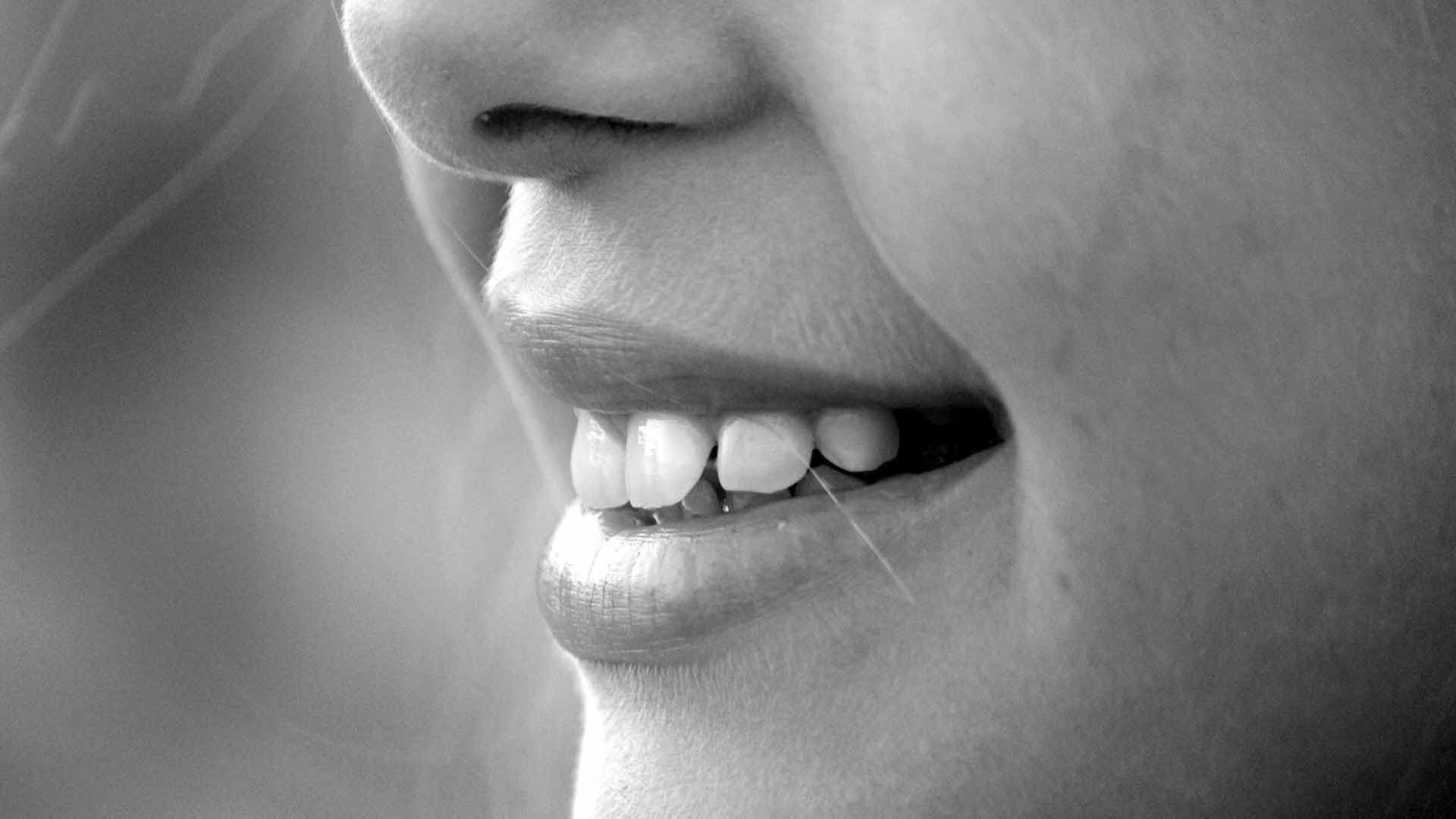Introduction
Curious about what your natural teeth look like beneath veneers? Veneers have become a popular cosmetic dental solution for achieving a perfect smile, but many wonder how their teeth fare under these porcelain or composite shells. Are your teeth shaved down? Do they stay intact? Understanding this process not only satisfies curiosity but helps you make informed decisions about your dental health and aesthetics. Let’s dive into the details of what teeth really look like under veneers and why this matters.
What Are Veneers and How Do They Work?
Veneers are thin, custom-made shells designed to cover the front surface of your teeth. They improve the appearance of your smile by addressing issues like discoloration, chips, gaps, or minor misalignments. However, to ensure a snug and seamless fit, the underlying teeth often require preparation.
Key Facts About Veneer Application:
- Types of Veneers: Porcelain and composite resin. Porcelain veneers are more durable and stain-resistant, while composite veneers are more cost-effective.
- Application Process: Dentists may remove a thin layer of enamel from your natural teeth to make room for the veneers.
What Do Natural Teeth Look Like Under Veneers?
Depending on the preparation process, your teeth can look different under veneers:
- Minimal Preparation Veneers
- For some veneers, especially no-prep options, your natural teeth remain largely unchanged. These veneers are thinner, so less enamel is removed.
- Your teeth will still look natural, with only slight surface changes for bonding.
- Traditional Veneers
- In traditional veneer applications, dentists typically remove 0.5mm to 1mm of enamel from the tooth’s surface.
- Under these veneers, teeth might appear:
- Smaller and Thinner: Due to enamel reduction.
- Rough or Textured: The enamel removal leaves the surface prepared for strong adhesive bonding.
- Pale or Dull: Without enamel, teeth may lose their natural shine.
- Teeth with Existing Dental Work
- Teeth with fillings, discoloration, or wear may look irregular. Veneers provide a uniform appearance, masking these imperfections.
Why Is Enamel Reduction Necessary?
Enamel removal allows veneers to sit flush with your natural teeth, preventing a bulky or unnatural look. It also ensures:
- A strong bond between the veneer and the tooth.
- Improved longevity and functionality of the veneers.
Concerned About Tooth Damage? Rest assured, enamel reduction is minimal and typically doesn’t harm the overall structure of the tooth.
Key Advantages of Veneers
- Protection: Veneers shield your prepared teeth from further damage or discoloration.
- Aesthetics: They provide a polished, natural-looking smile.
- Durability: With proper care, veneers can last 10–15 years or longer.
Myths About Teeth Under Veneers
- “Teeth are excessively shaved down.” This is a misconception. Only a small amount of enamel is removed in most cases.
- “Teeth become weak or unhealthy.” Properly applied veneers protect teeth, maintaining their integrity.
How to Maintain Teeth and Veneers
To ensure the longevity of your veneers and the health of the underlying teeth:
- Brush and floss daily with non-abrasive products.
- Avoid biting hard objects like ice or pens.
- Visit your dentist regularly for checkups and cleanings.
Conclusion
Under veneers, your teeth are carefully prepared to support and bond with these aesthetic enhancements. While they may look smaller or less glossy without the veneers, the process is designed to preserve the integrity of your teeth. With veneers, you achieve not only a stunning smile but also long-term protection and confidence.


Leave a Reply